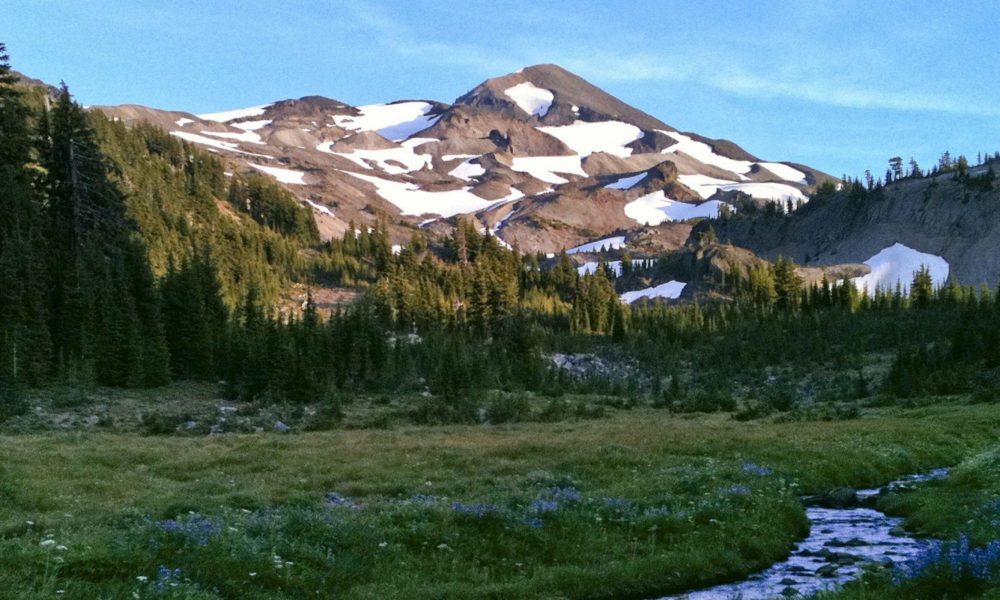During an emergency, conventional communication methods may become compromised due to power outages, network failures, or high volume. It’s important to have alternative communication methods ready to ensure that information can still be conveyed effectively. Here are several alternate methods of communication during an emergency:
Two-Way Radios
- Advantages: Reliable for communication over short to medium distances, especially in areas with poor cellular coverage. They don’t rely on cellular networks or internet connectivity.
- Usage: Ideal for coordination among emergency response teams, community groups, and in situations where immediate, reliable communication is needed.
Satellite Phones
- Advantages: Operate independently of local cellular networks, making them useful in remote areas or where infrastructure is damaged.
- Usage: Useful for contacting emergency services or coordinating with external support organizations when other communication networks are down.
Emergency Broadcast Radios
- Advantages: Can receive broadcasts even during power outages if battery-operated. Useful for receiving official updates and information from emergency services.
- Usage: Ideal for staying informed about weather conditions, alerts, and other important updates.
Whistle Signals
- Advantages: Simple, requires no technology, and can be heard over long distances in quiet environments.
- Usage: Effective for signaling distress or coordinating in small groups, especially in outdoor or remote areas.
Visual Signals
- Advantages: Includes methods like flares, signal mirrors, or flags. Great for signaling over distances or in situations where verbal communication is impractical.
- Usage: Can be used for signaling distress or coordinating with others in a visible range.
Community Bulletin Boards
- Advantages: Provides a physical place for posting updates and instructions. Useful in areas where people gather.
- Usage: Effective for disseminating information in local communities or neighborhoods.
Emergency Alert Systems (Local)
- Advantages: Use sirens or automated messages to alert the public of emergencies.
- Usage: Often used for immediate, widespread communication of emergencies such as natural disasters or chemical spills.
Pre-Arranged Meeting Points
- Advantages: Ensures that people have a designated place to go for information and coordination.
- Usage: Effective for families or groups to reunite and receive updates during and after an emergency.
Signal Lights
- Advantages: Includes methods like flashlight signals or beacon lights. Useful for visual communication over distances at night.
- Usage: Effective for coordinating with others in low visibility conditions.
Social Media (if operational)
- Advantages: Provides real-time updates and allows for sharing information widely. Can also be used to coordinate with others if internet access is available.
- Usage: Useful for disseminating information and receiving updates from others, provided the platforms are functioning.
Community Networks and Local Radio Stations
- Advantages: Offer localized communication and information, especially if they have backup power systems.
- Usage: Effective for receiving specific updates related to local conditions or instructions.
Manual Messaging
- Advantages: Handwritten notes or messages passed manually can be useful in localized settings.
- Usage: Effective in small, contained areas or for communicating directly with individuals when electronic methods fail.
Emergency Kits with Communication Tools
- Advantages: Pre-packaged kits can include radios, batteries, and other essential tools.
- Usage: Ensures that individuals and families have communication tools during emergencies.
Having a variety of communication methods ensures that you can maintain contact and relay critical information even when primary systems fail. It is important to practice using these alternate methods as part of your emergency preparedness plan.
Stay Vigilant and Be prepared
In addition, take these steps to ensure you and your loved ones are better prepared to handle emergencies effectively. It’s always better to be proactive than reactive for safety and preparedness.










 If you are interested in contributing to the welfare of your fellow citizens during a disaster, consider joining your local
If you are interested in contributing to the welfare of your fellow citizens during a disaster, consider joining your local 






You must be logged in to post a comment.